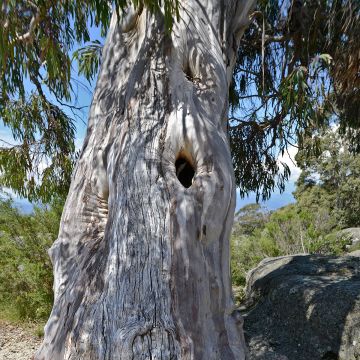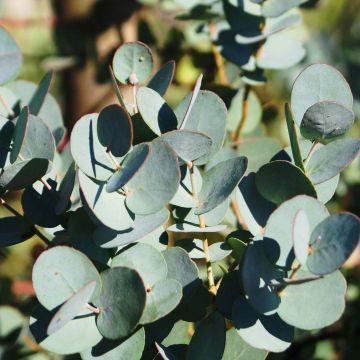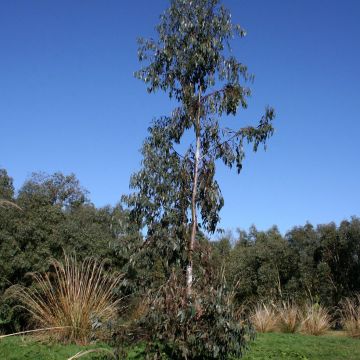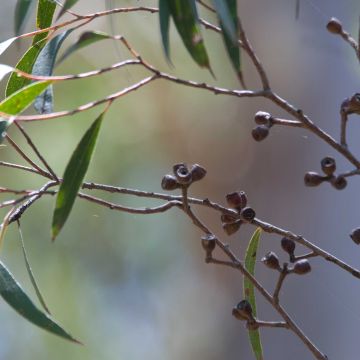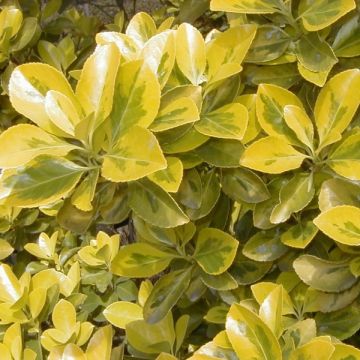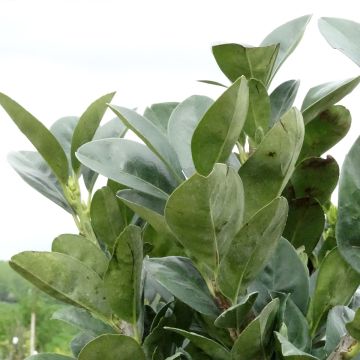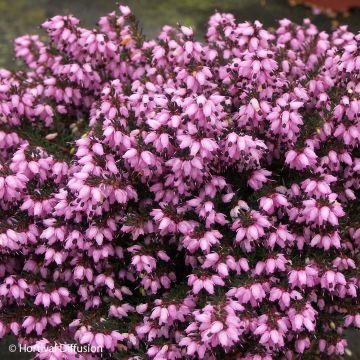

Corymbia ficifolia
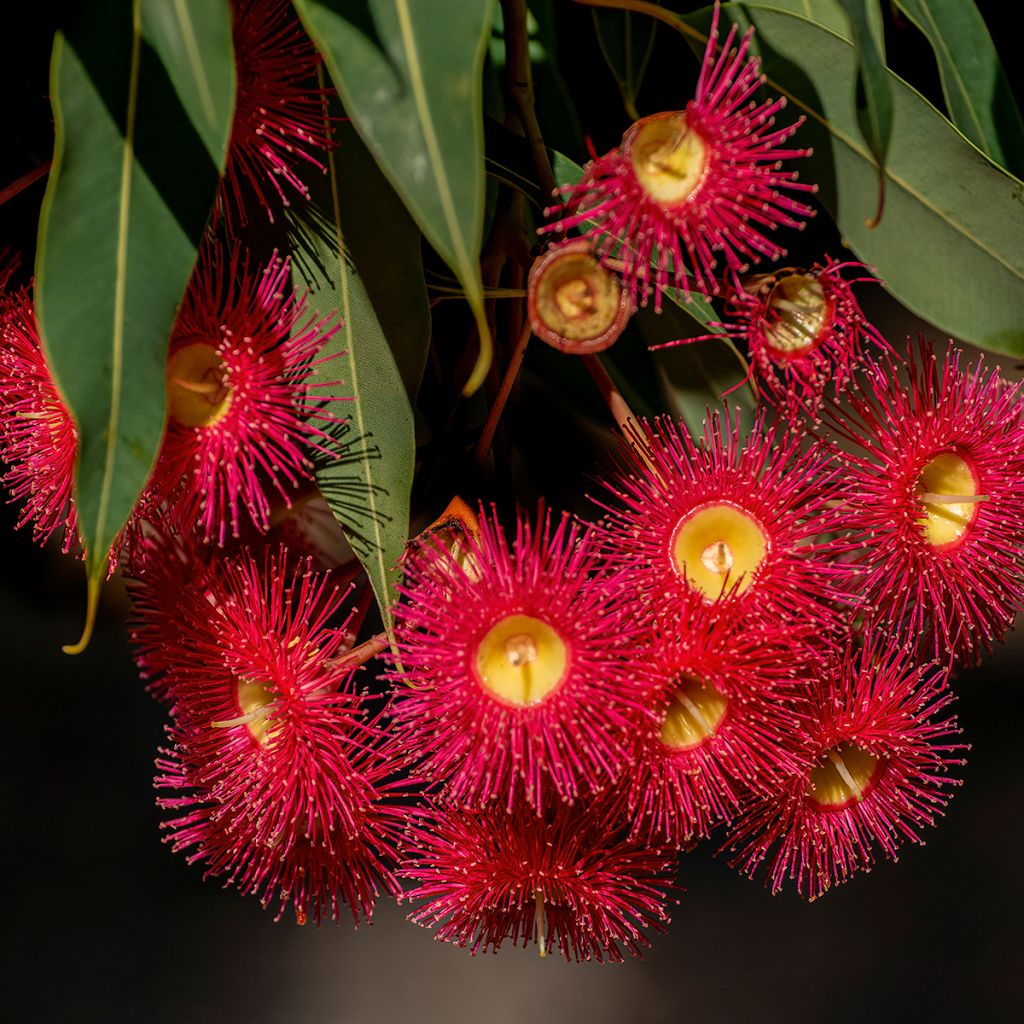

Corymbia ficifolia


Corymbia ficifolia
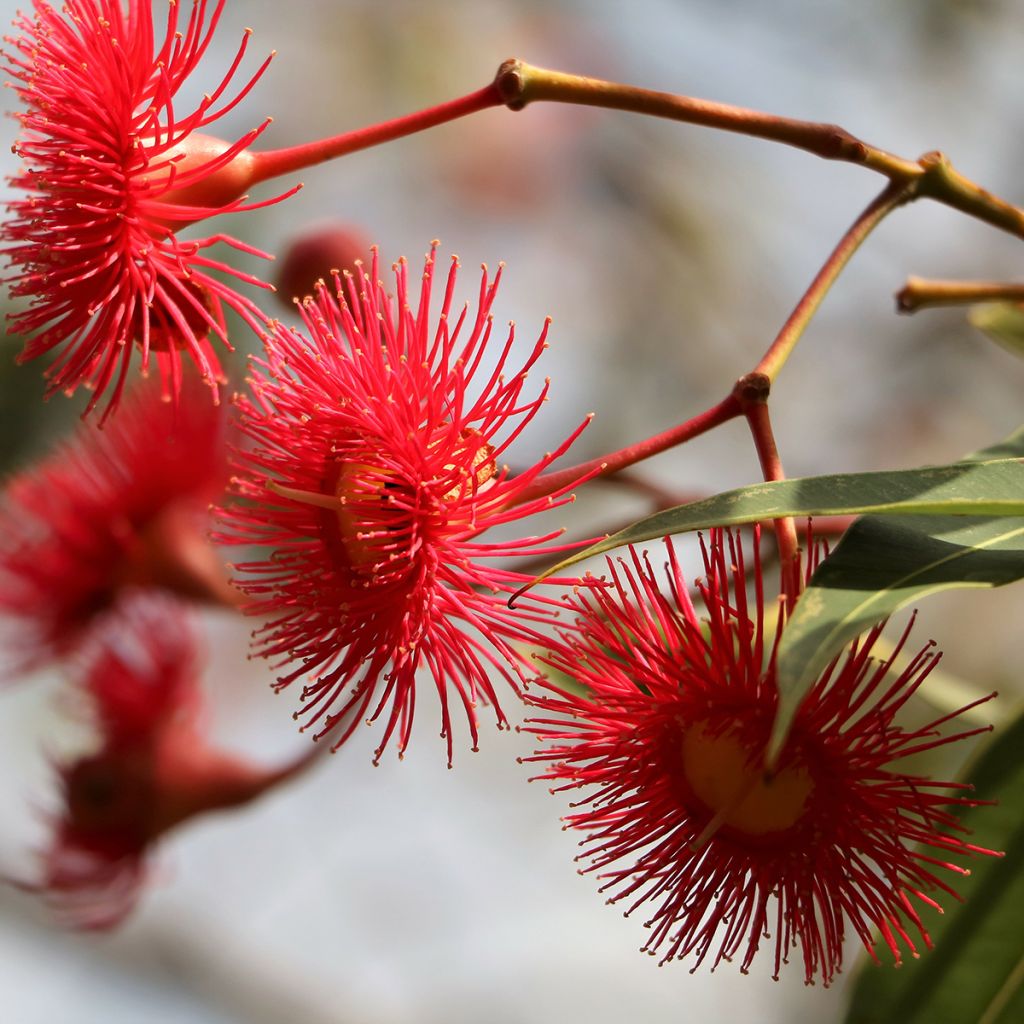

Corymbia ficifolia
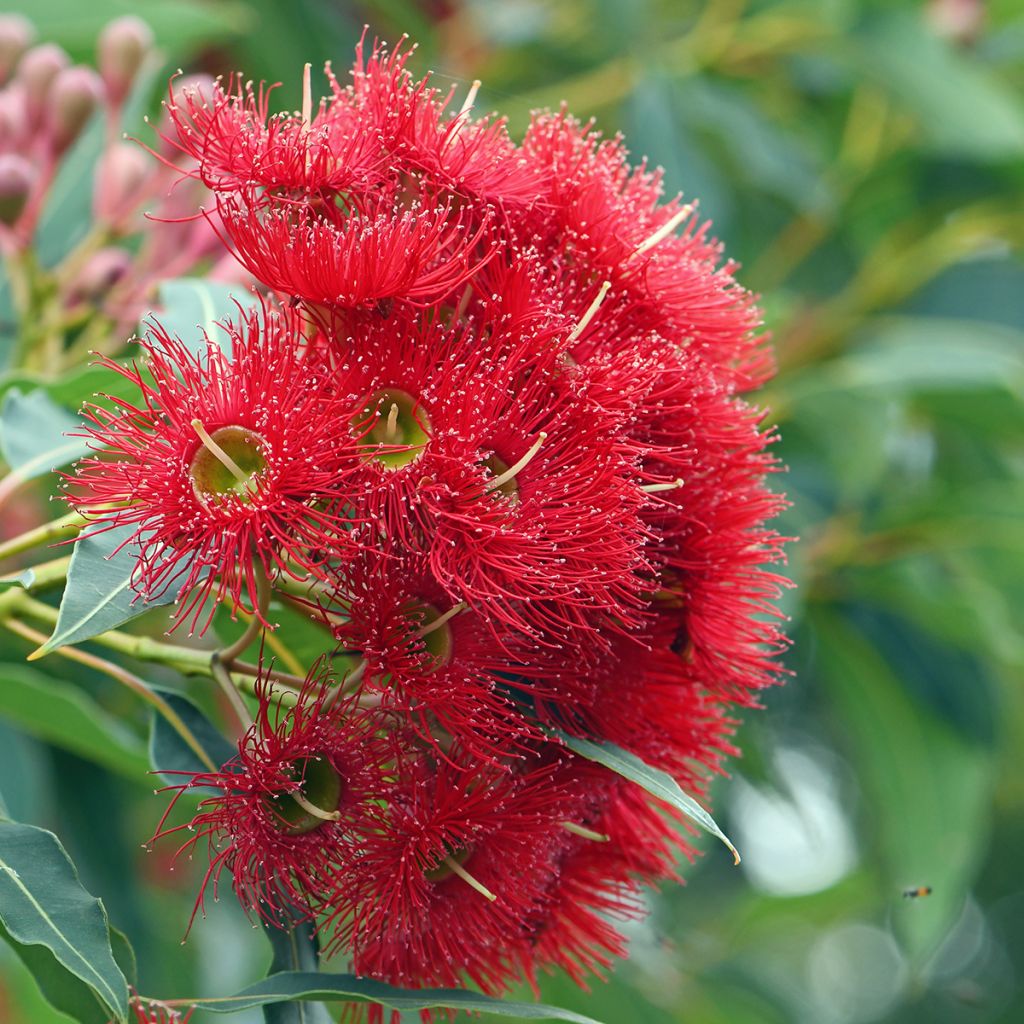

Corymbia ficifolia


Corymbia ficifolia


Corymbia ficifolia


Corymbia ficifolia
Corymbia ficifolia
Corymbia ficifolia
Red Flowering Gum, Albany Red Flowering Gum, Scarlet Flowering Gum
This plant carries a 24 months recovery warranty
More information
We guarantee the quality of our plants for a full growing cycle, and will replace at our expense any plant that fails to recover under normal climatic and planting conditions.
Oversize package: home delivery by special carrier from €6.90 per order..
Express home delivery from €8.90.
From €5.90 for pickup delivery and €6.90 for home delivery
Express home delivery from €8.90.
Does this plant fit my garden?
Set up your Plantfit profile →
Description
Corymbia ficifolia is a tree of Australian origin, considered an Eucalyptus in some botanical classifications due to its resemblance to this genus. Highly appreciated in mild climates with sunny summers, it is widespread as an ornamental plant due to its exceptional flowering. In summer, it is covered with bright red flowers. Of medium size, it forms a dense and evergreen foliage in winter, made up of dark green leaves resembling those of certain Ficus. Well adapted to small gardens, it grows in non-chalky, even poor, moist soil, above all well-drained.
The genus Corymbia, formerly assimilated to Eucalyptus, includes more than a hundred species originating from Australia. It is a member of the Myrtaceae family, like Feijoa, Callistemon or Myrtle, with characteristic flowering that highlights clusters of colourful stamens.
C. ficifolia is native to a small area on the southwest coast of Australia, where it grows in forests, on sandy or rocky soils, as well as on granite outcrops. It can reach 12 to 15 m (39 ft 5 in to 49 ft 2 in) in height in its native habitat, and its red wood gives it the nickname of red gum. It is also known as Fig-leaved Eucalyptus, a literal translation of its species scientific name (ficifolia, "with Ficus-like leaves"). Australians also have other nicknames referring to its flowering, such as "flame Eucalyptus" or "red flower gum".
While its original distribution is very limited geographically, this species is now widespread around the world in mild winter and dry summer, areas. It is a plant of Mediterranean climate, not subtropical, as it is sensitive to humidity in summer. It then forms a small tree, about 8 m (26 ft 2 in) tall, occasionally 10 m (32 ft 10 in), with a rounded habit, of moderate growth. The intensity of its flowering makes it one of the most beautiful flowering trees. From late spring and summer, the Corymbia is covered with numerous bright red flowers that almost hide the foliage. The inflorescences in umbels have 3 to 7 flowers, each about 3 to 4 cm (1.2 to 1.6 in) in diameter, displaying a bouquet of red stamens, a typical configuration in the Myrtaceae family. The flower buds are ovoid, with fused petals and sepals forming a protective cover which releases the decorative stamens when it falls. Pollination is carried out by bees, birds, and butterflies, as the flowering is rich in nectar. The urn-shaped fruits, about 2 to 3 cm (0.8 to 1.2 in) in size, remain on the tree for about 1 year. The seeds germinate easily, but give rise to plants whose flowering may differ from the original subject, a common disadvantage of sexual reproduction.
The evergreen foliage consists of juvenile leaves which are slightly red, lanceolate and opposite, and adult leaves which are alternate, quite leathery, 6 to 15 cm (2.4 to 5.9 in) long and 2 to 5 cm (0.8 to 2 in) wide. They are dark green in the upper part of the tree (lighter at the base) and aromatic when crushed, their appearance resembles that of certain tropical Ficus. The trunk is generally short and stout, rather massive with age, and has a rough brown bark.
This Corymbia has low hardiness, young plants do not tolerate frost while mature specimens can withstand brief episodes down to -4°C/-5°C (23 °F).
A small tree with dense and decorative vegetation all year round and stunning flowering, Corymbia ficifolia is reserved for hot gardens. When associated with other tender exotic plants, it will create colourful scenes. It can be combined with Cassia floribunda, a small shrub with yellow summer flowering that will strongly contrast with the bright red branches of the Corymbia. Jacaranda mimosifolia, or Blue Jacaranda, is one of the few trees that can rival this Corymbia in terms of flowering intensity, allowing you to create an unforgettable spectacle!
Report an error about the product description
Plant habit
Flowering
Foliage
Botanical data
Corymbia
ficifolia
Myrtaceae
Red Flowering Gum, Albany Red Flowering Gum, Scarlet Flowering Gum
Australia
Other Eucalyptus
Planting and care
Corymbia ficifolia tolerates frost down to a maximum of -5°C (23 °F), in adult age and under good conditions (young plants are sensitive to negative temperatures from 0°C (32 °F) onwards). It can reasonably be planted outdoors only in the mildest areas. It requires a neutral to acidic soil, as limestone causes chlorosis, as well as a warm location. It prefers well-drained sandy soils, even poor ones. Therefore, avoid heavy soils and if necessary, place a layer of non-limestone gravel at the bottom of the planting hole to improve drainage.
After planting, water regularly during the first two years to promote root growth, as it is sensitive to excess water but still appreciates some soil moisture to thrive. Do not apply fertilizer.
Planting period
Intended location
Care
This item has not been reviewed yet - be the first to leave a review about it.
Evergreen shrubs
Haven't found what you were looking for?
Hardiness is the lowest winter temperature a plant can endure without suffering serious damage or even dying. However, hardiness is affected by location (a sheltered area, such as a patio), protection (winter cover) and soil type (hardiness is improved by well-drained soil).

Photo Sharing Terms & Conditions
In order to encourage gardeners to interact and share their experiences, Promesse de fleurs offers various media enabling content to be uploaded onto its Site - in particular via the ‘Photo sharing’ module.
The User agrees to refrain from:
- Posting any content that is illegal, prejudicial, insulting, racist, inciteful to hatred, revisionist, contrary to public decency, that infringes on privacy or on the privacy rights of third parties, in particular the publicity rights of persons and goods, intellectual property rights, or the right to privacy.
- Submitting content on behalf of a third party;
- Impersonate the identity of a third party and/or publish any personal information about a third party;
In general, the User undertakes to refrain from any unethical behaviour.
All Content (in particular text, comments, files, images, photos, videos, creative works, etc.), which may be subject to property or intellectual property rights, image or other private rights, shall remain the property of the User, subject to the limited rights granted by the terms of the licence granted by Promesse de fleurs as stated below. Users are at liberty to publish or not to publish such Content on the Site, notably via the ‘Photo Sharing’ facility, and accept that this Content shall be made public and freely accessible, notably on the Internet.
Users further acknowledge, undertake to have ,and guarantee that they hold all necessary rights and permissions to publish such material on the Site, in particular with regard to the legislation in force pertaining to any privacy, property, intellectual property, image, or contractual rights, or rights of any other nature. By publishing such Content on the Site, Users acknowledge accepting full liability as publishers of the Content within the meaning of the law, and grant Promesse de fleurs, free of charge, an inclusive, worldwide licence for the said Content for the entire duration of its publication, including all reproduction, representation, up/downloading, displaying, performing, transmission, and storage rights.
Users also grant permission for their name to be linked to the Content and accept that this link may not always be made available.
By engaging in posting material, Users consent to their Content becoming automatically accessible on the Internet, in particular on other sites and/or blogs and/or web pages of the Promesse de fleurs site, including in particular social pages and the Promesse de fleurs catalogue.
Users may secure the removal of entrusted content free of charge by issuing a simple request via our contact form.
The flowering period indicated on our website applies to countries and regions located in USDA zone 8 (France, the United Kingdom, Ireland, the Netherlands, etc.)
It will vary according to where you live:
- In zones 9 to 10 (Italy, Spain, Greece, etc.), flowering will occur about 2 to 4 weeks earlier.
- In zones 6 to 7 (Germany, Poland, Slovenia, and lower mountainous regions), flowering will be delayed by 2 to 3 weeks.
- In zone 5 (Central Europe, Scandinavia), blooming will be delayed by 3 to 5 weeks.
In temperate climates, pruning of spring-flowering shrubs (forsythia, spireas, etc.) should be done just after flowering.
Pruning of summer-flowering shrubs (Indian Lilac, Perovskia, etc.) can be done in winter or spring.
In cold regions as well as with frost-sensitive plants, avoid pruning too early when severe frosts may still occur.
The planting period indicated on our website applies to countries and regions located in USDA zone 8 (France, United Kingdom, Ireland, Netherlands).
It will vary according to where you live:
- In Mediterranean zones (Marseille, Madrid, Milan, etc.), autumn and winter are the best planting periods.
- In continental zones (Strasbourg, Munich, Vienna, etc.), delay planting by 2 to 3 weeks in spring and bring it forward by 2 to 4 weeks in autumn.
- In mountainous regions (the Alps, Pyrenees, Carpathians, etc.), it is best to plant in late spring (May-June) or late summer (August-September).
The harvesting period indicated on our website applies to countries and regions in USDA zone 8 (France, England, Ireland, the Netherlands).
In colder areas (Scandinavia, Poland, Austria...) fruit and vegetable harvests are likely to be delayed by 3-4 weeks.
In warmer areas (Italy, Spain, Greece, etc.), harvesting will probably take place earlier, depending on weather conditions.
The sowing periods indicated on our website apply to countries and regions within USDA Zone 8 (France, UK, Ireland, Netherlands).
In colder areas (Scandinavia, Poland, Austria...), delay any outdoor sowing by 3-4 weeks, or sow under glass.
In warmer climes (Italy, Spain, Greece, etc.), bring outdoor sowing forward by a few weeks.





































